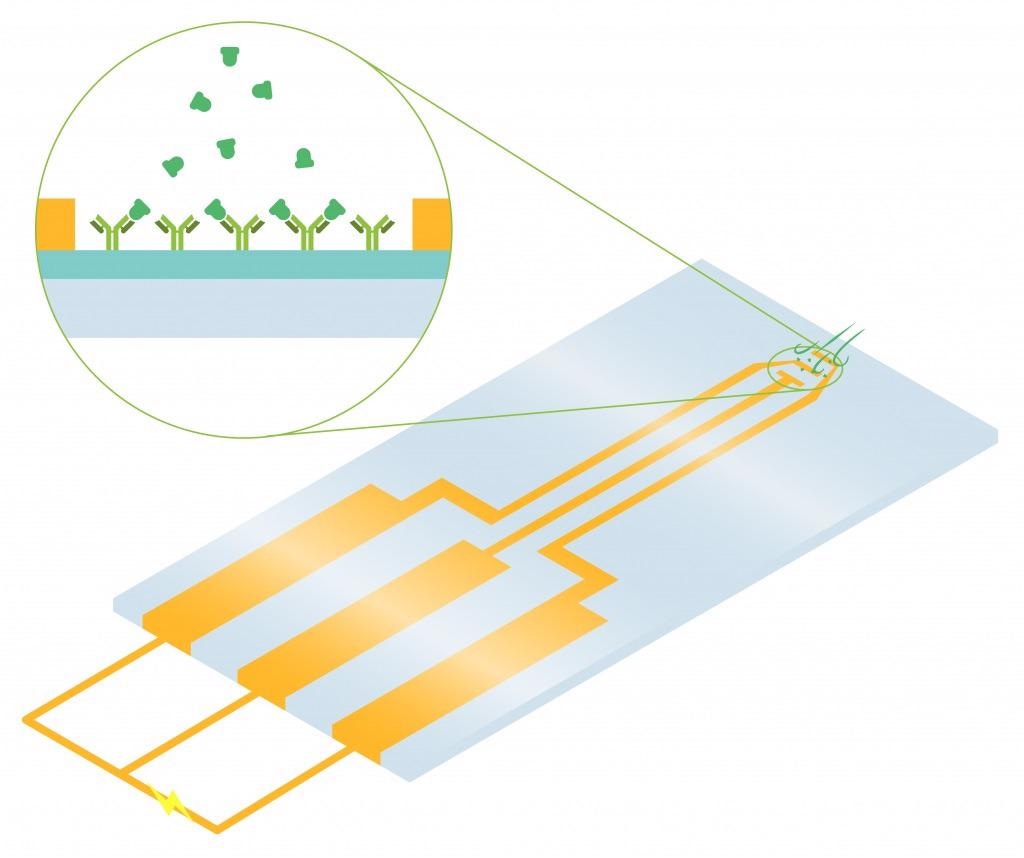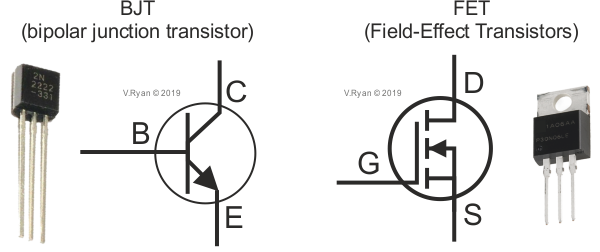/feeld i fekt /, Electronics. A transistor in which the output current is varied by varying the value of an electric field within a region of the device. Abbr.: FET 1950 55. Todiys New 100Pcs for BSS138 JI SOT-23 N-Channel MOSFET Field Effect Transistor BSS138LT1G $9.95 #37. BOJACK IRF3205 MOSFET Transistors 110A 55V N-Channel Power MOSFET TO-220AB (Pack of 10 Pcs) 4.4 out of 5 stars 33. Field Effect Transistors Although there are lots of confusing names for field effect transistors (FETs) there are basically two main types: 1. The reverse biased PN junction types, the JFET or Junction FET, (also called the JUGFET or Junction Unipolar Gate FET).
- Fet Field Effect Transistor Model
- Field Effect Transistor (fet) Operates On
- Meaning Field Effect Transistor (fet)
- Fet Transistor Circuits
FET, Field Effect Transistor Circuit Design Includes:
FET circuit design basicsCircuit configurationsCommon sourceCommon drain / source followerCommon gate
Field effect transistors are used in circuit design as they are able to provide very high input impedance levels along with significant levels of voltage gain.
Unlike the bipolar transistor which is a current controlled device, the field effect transistor is voltage controlled. This makes the way FET circuits are designed rather different to the way bipolar transistor circuits are designed.

- The field effect transistor is a semiconductor device, which depends for its operation on the control of current by an electric field. There are two of field effect transistors: 1.
- Electronics Tutorial about Junction Field Effect Transistor also known as the JFET Transistor used in Amplifier and Transistor Switching Circuits.


However, circuits with current and voltage gain can still be designed and similar circuit formats are adopted.
FET circuit basics
Fet Field Effect Transistor Model
When considering the use of a FET circuit, it is necessary to consider FET technology and the type of field effect transistor will be the most applicable.
Note on Field Effect Transistor Technology:
The field effect transistor, FET, is a three terminal device which provides voltage gain. Having a high input impedance the electric field in the vicinity of the input terminal called the gate modifies the current flowing in what is called the channel between terminals called the source and drain.
Read more about the Field Effect Transistor Device & How it Works
The FET has three electrodes:
- Source: The Source is the electrode on the FET through which the majority carriers enter the channel, i.e. at acts as the source of carriers for the device. Current entering the channel through the source is designated by IS.
- Drain: The Drain is the FET electrode through which the majority carriers leave the channel, i.e. they are drained from the channel. Conventional current entering the channel via the drain is designated by the letters ID. Also Drain to Source voltage is often designated by the letters VDS
- Gate: The Gate is the terminal that controls the channel conductivity, hence the level of voltage on the gate controls the current flowing in the output of the device.
FET circuit design parameters
When starting out on the design of a FET circuit, it is necessary to determine the basic requirements for the circuit. These will govern many of the decisions regarding the type of circuit topology to use and also the type of FET to use.
Field Effect Transistor (fet) Operates On
There can be a number of parameters required in the requirements for the transistor circuit design:
- Voltage gain: The voltage gain is often a key requirement. It is the output signal voltage divided by the input signal voltage.
- Current gain: This is the gain of the FET circuit in terms of current. It may be necessary to drive a high level of current into the load.
- Input impedance: This is the impedance that the previous stage will see when it is providing a signal to this FET circuit in question. FETs inherently have a high input impedance to the gate and therefore FETs are often used where this is of paramount importance.
- Output impedance: The output impedance is also important. If the FET circuit is driving a low impedance circuit, then its output must have a low impedance, otherwise a large voltage drop will occur in the transistor output stage.
- Frequency response: Frequency response is another important factor that will affect the FET circuit design. Low frequency or audio transistor circuit designs may be different to those used for RF applications. Also the choice of the FET and capacitor values in the circuit design will be greatly affected by the required frequency response.
- Supply voltage and current: In many circuits the supply voltage is determined by what is available. Also the current may be limited, especially if the finished FET circuit design is to be battery powered.
Meaning Field Effect Transistor (fet)
FET types for circuit design
As there are several different types of field effect transistor that can be used, it is necessary to define at least some of the FETs that can be used within the circuit design process.
Fet Transistor Circuits

The table below defines some of the different types and characteristics that can be encountered.
| FETs for Use in Circuit Design | |
|---|---|
| Characteristic | Details |
| N-channel | An N channel FET has a channel made from N-type semiconductor in which the majority carriers are electrons. |
| P-channel | An P channel FET has a channel made from P-type semiconductor in which the majority carriers are holes. |
| J-FET | The J-FET or junction FET is a form of FET where the gate is formed by using a diode junction onto the channel. The isolation is maintained by ensuring that the diode junction remains reverse biased when operated within the circuit. It is a key requirement of the FET circuit design to ensure the junction remains reverse biased for satisfactory operation. |
| MOSFET | This type of field effect transistor relies on a metal oxide later between the gate and channel. It offers a very high input resistance. |
| Dual-gate MOSFET | As the name implies, this form of MOSFET has two gates. In FET circuit design, this gives additional options. |
| Enhancement mode | Enhancement mode FETs are OFF at zero gate-source voltage. They are turned on by pulling the gate voltage in the direction of the drain voltage, i.e. towards the supply rail, which is positive for N-channel devices and negative for P-channel devices. In other words by pulling the gate voltage towards the drain voltage, the number of carriers in the active layer of the channel is enhanced. |
| Depletion mode | In a depletion-mode MOSFET, the device is normally ON at zero gate-source voltage. Any gate voltage in the direction of the drain voltage will tend to deplete the active area of channel of carriers and reduce the current flowing. |
When designing an FET circuit, it is first necessary to select the required type of FET. Factors including the basic type of FET including whether it is a junction FET or MOSFET or another type as well as the mode type and other factors all need to be determined to before it is possible to proceed with the circuit design.

More Circuits & Circuit Design:
Op Amp basicsOp Amp circuitsPower supply circuitsTransistor designTransistor DarlingtonTransistor circuitsFET circuitsCircuit symbols
Return to Circuit Design menu . . .
